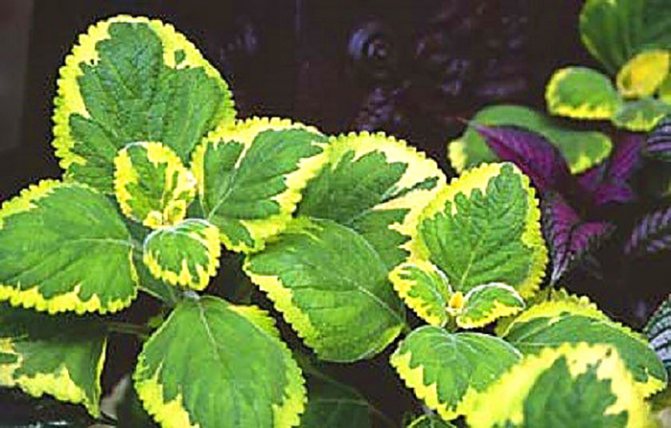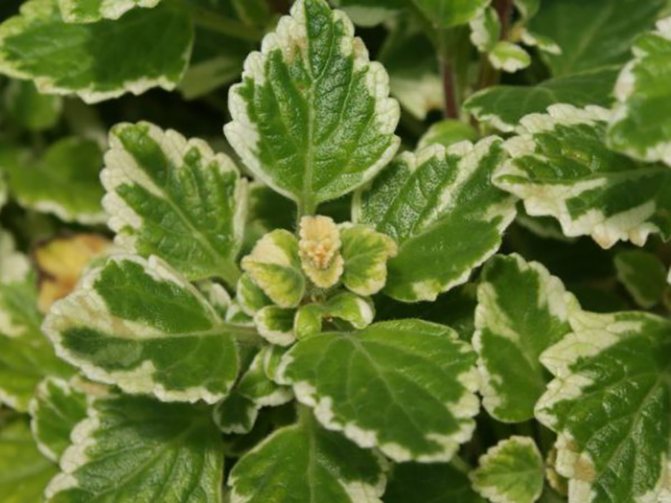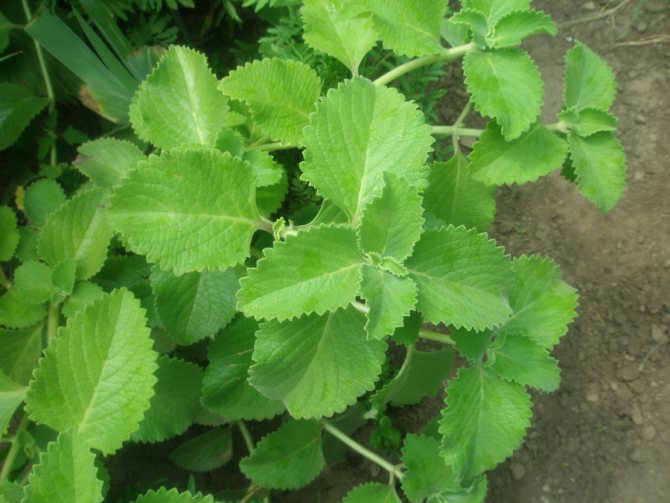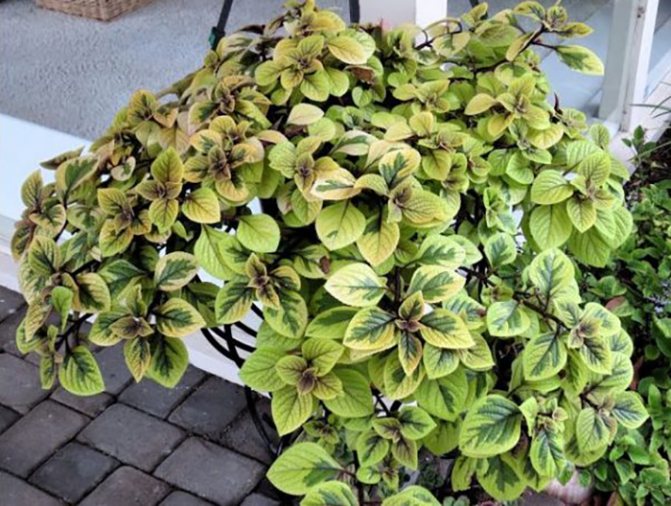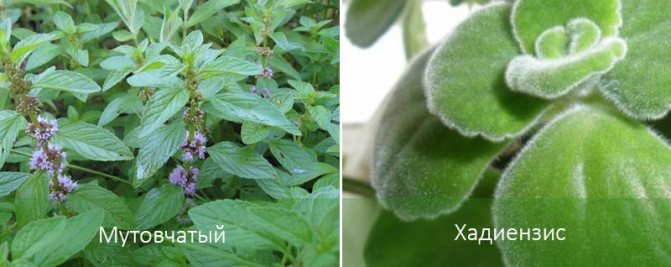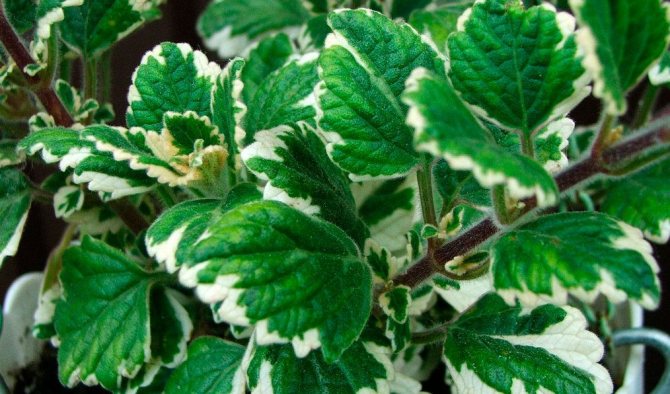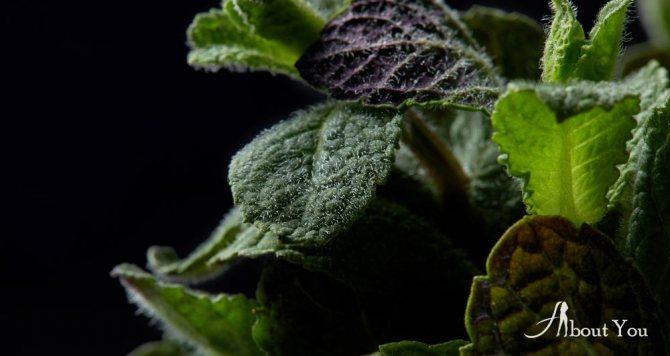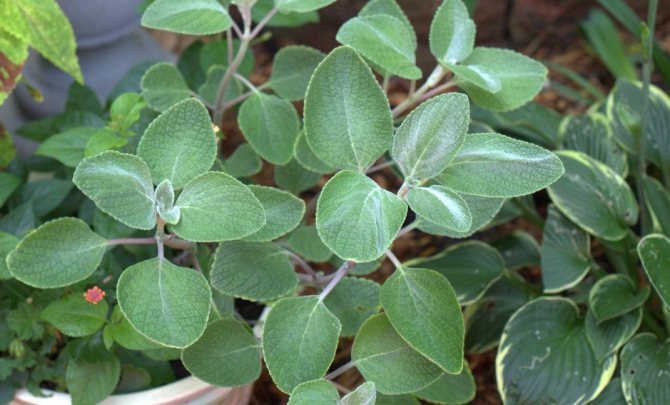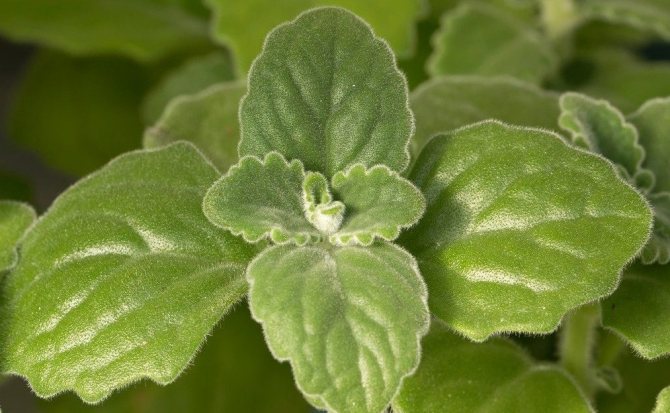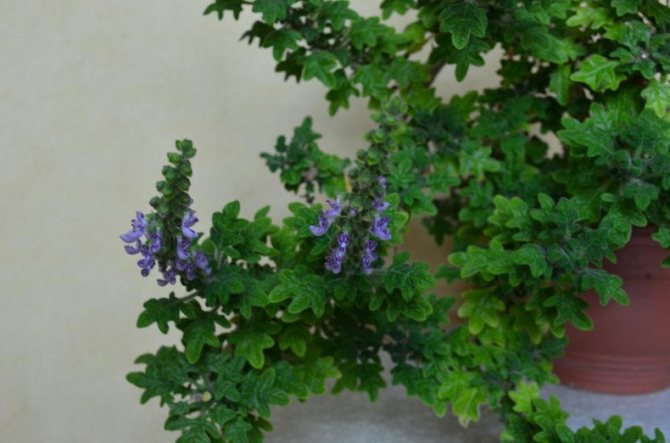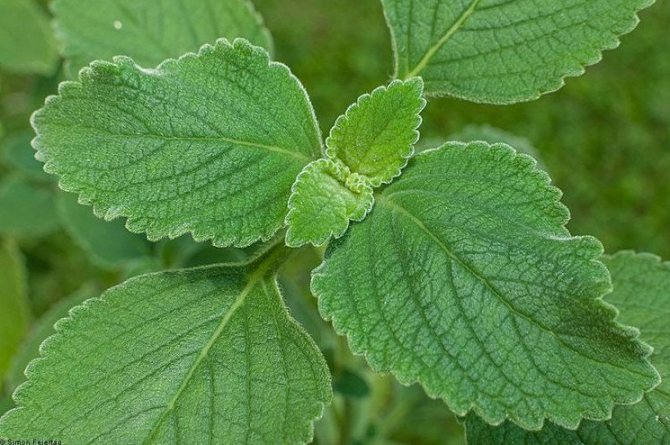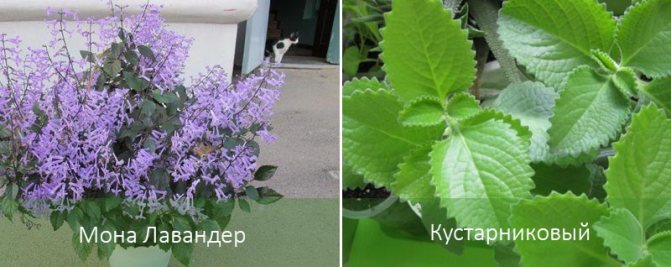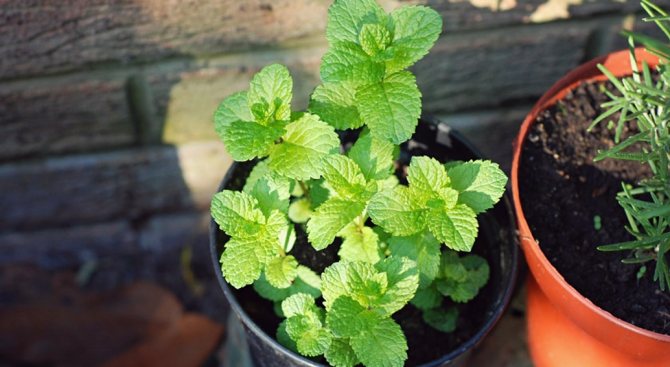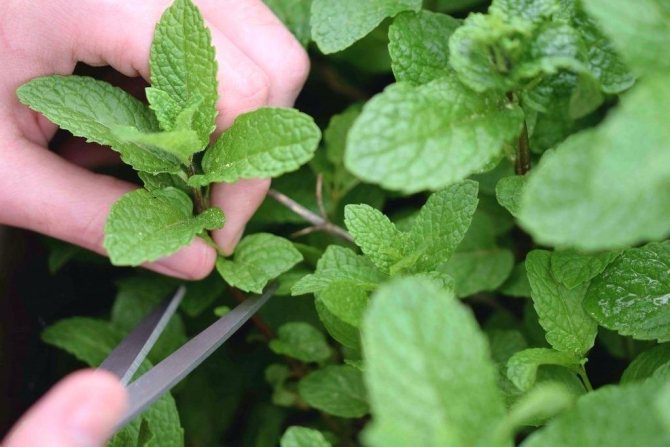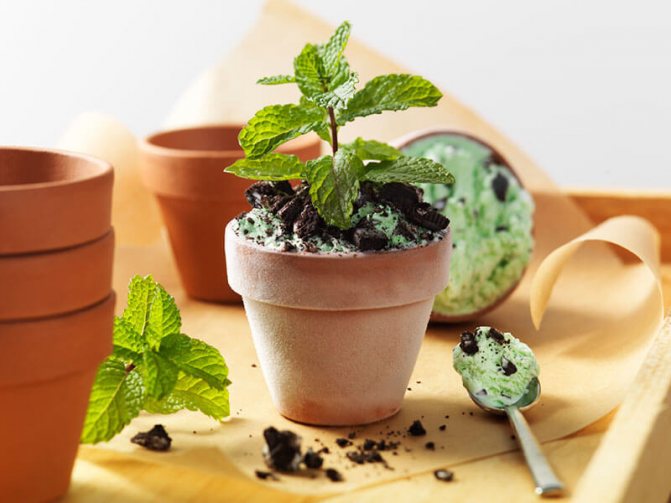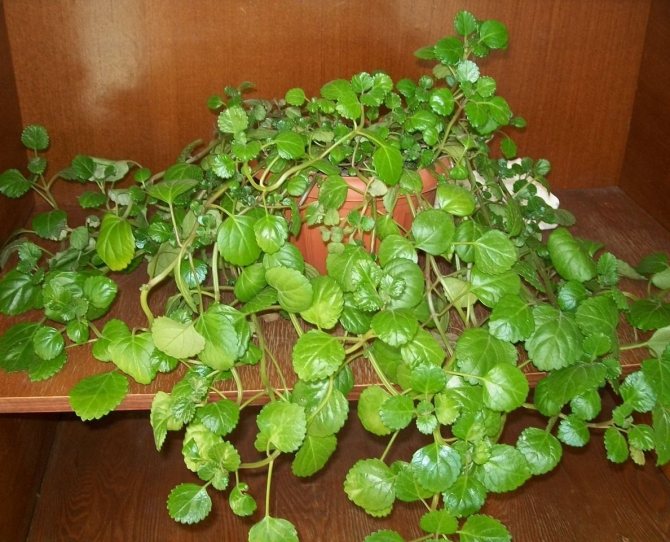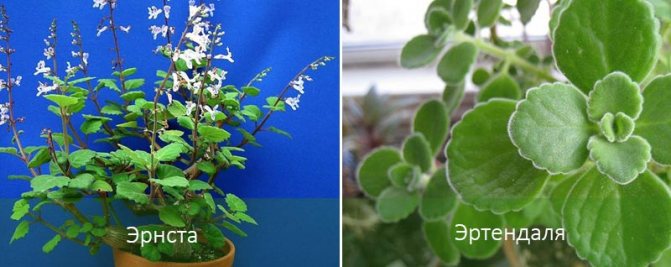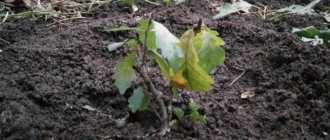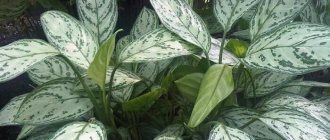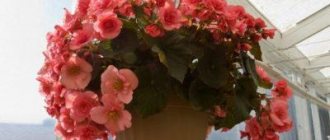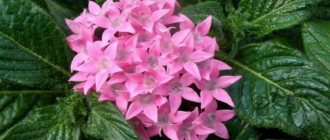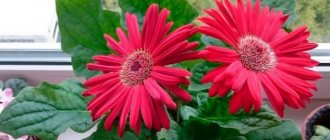Plectranthus grows in the wild on open slopes, meadows of tropical or subtropical climatic zones. An evergreen herb or shrub plant has at least 250 species. In Russia, in the southern territories of the Far East, of these representatives of the family of the lamellar (labiate), only cephalos are found (this is the name of the plectrantus for the peculiarities of the flower shape) serrate, incised and sizocular.
Plectrantus won the love of flower growers in room culture with dense carved greenery, a variety of shapes and shades, and unpretentiousness. Housewives appreciate the plant not only for decorativeness. The leaves and flowers of plectrantus emit a light aroma reminiscent of the smell of mint, lavender, which scares away moths and other harmful insects. For this feature, the flower is popularly nicknamed the fly-eater.
What it is?
It is a room-grown crop with densely branching shoots and delicate, fragrant leaves that resemble garden mint in appearance. Do not confuse indoor mint with peppermint. These plants are from different genera. Indoor mint can be found under the names:
- Indian borage;
- Mexican mint;
- Cuban oregano;
- molar tree;
- aromatic spur flower.
Appearance: description and photo
The plant habit can vary depending on the variety and species. But there are a number of signs that are common to all:
- Foliage scent.
- Erect or creeping shoots.
- The leaf vaguely resembles mint.
- The leaf surface is slightly pubescent.
- Leaflets are rounded or oval-lanceolate.
Below are the photos:
Botanical description
The genus Plectrantus belongs to the Lamiáceae family. According to various sources there are only up to 400 species of this plant... The distribution area covers the subtropical zone of Africa, Latin America and Australia. Shrubs, semi-shrubs and herbaceous plants belong to this genus.
Shoots have 4 edges, can be creeping or erect, covered with fine pubescence. The height of plants, depending on the species, varies from 60 - 200 cm. The leaves are oppositely arranged, obovate, crenate or double-serrate along the edge, 5-12 cm long, the leaf blade can be wrinkled or smooth. The underside of the leaf is purple and slightly pubescent.
The color of the foliage can be green, dark green or variegated. Indoor mint blooms inconspicuously, therefore it is classified as decorative deciduous plants. The flowers are white, lilac or purple in color. Bell-shaped cups, small (from 5-12 mm), collected in apical umbellate or racemose inflorescences. The structure of the flower corolla vaguely resembles a spur. This explains the second common name of the plant - aromatic sphurflower. Flowering time: November to April.
Useful properties and contraindications
Due to the usefulness of homemade mint, the range of its use is quite wide:
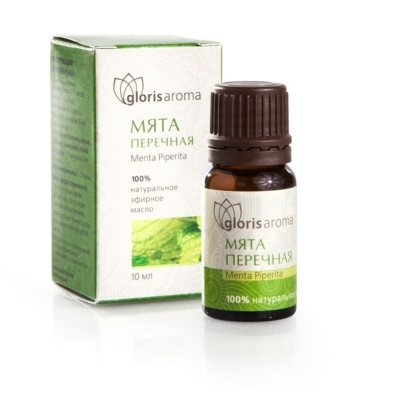
Aromatherapy. The essential oils contained in the leaves and stems of Plectranthus help to cope with irritability, relieve fatigue and stress, and have a beneficial effect on performance and concentration when working at a computer.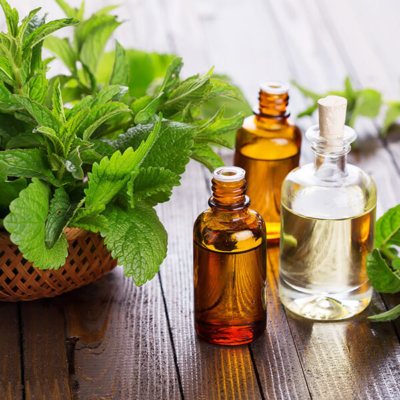

Medicine. Plectrantus is not officially registered in the Register of Medicines, but it has found wide application in folk medicine. Preparations (dried, decoctions) from the leaves will help with itching after an insect bite, with weeping diathesis and diaper rash in children. Infusions of plectrantus leaves have anti-inflammatory, diuretic, expectorant and analgesic effect.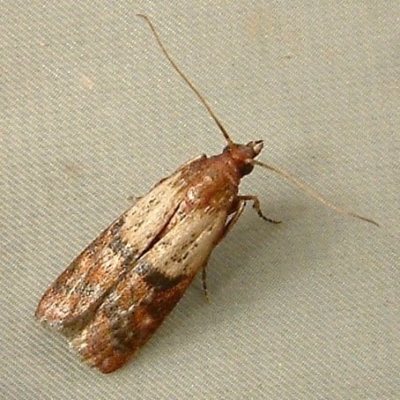

Protecting furniture and carpets from moths. The scent of dried leaves repels many insects:- mosquitoes;
- flies;
- mole.


In cosmetology. As a hair rejuvenator: Mint has been shown to help repair split ends, but it also adds shine to hair that is regularly exposed to hair dryers, straighteners and curling iron.

In cooking. Many are interested in whether it is possible to eat homemade plectrantus. In fact, it is widely used in Cuba, Spain, France, Indonesia and Thailand as a seasoning. Dried plectrantus leaves are added to various dishes: salads, soups, meat (lamb) and fish dishes. In Jamaica, an exotic dish is prepared - " Plectrantus fries leaves in batter.
Is it possible to brew a decorative plectrantus grown in a pot at home, or add it to tea? The tea made from a home plant smells good and is refreshing. For its preparation, it is enough to pour a small handful of dried raw materials with boiling water and let it brew for 5 minutes. Such tea has a healing effect and cannot be used regularly as a regular drink.
Attention!
Only one species is used for food and for medical purposes: aromatic Plectrantus!
Contraindications:
- Children under 12 years of age.
- Pregnancy and lactation.
- Allergic dermatitis. Be careful when touching parts of the plant.
- Hypotension (when using a decoction of plectrantus, the pressure may drop to critical levels).
- Phlebeurysm.
- Overuse of room mint can lead to heartburn.
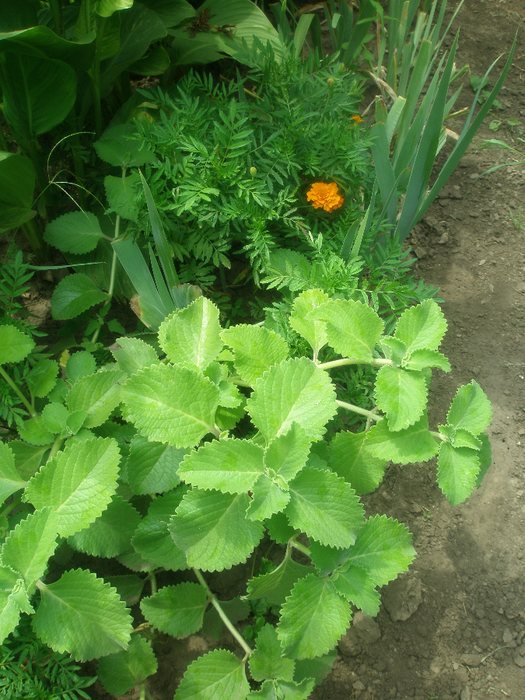

I always dreamed of having mint in my house, but I always believed that it could only be grown in the summer on the balcony or in the garden. Everyone knows the medicinal peppermint, which grows in gardens and vegetable gardens.
But there is also the so-called homemade mint - Plectrantus, which can grow luxuriantly and densely on windowsills.
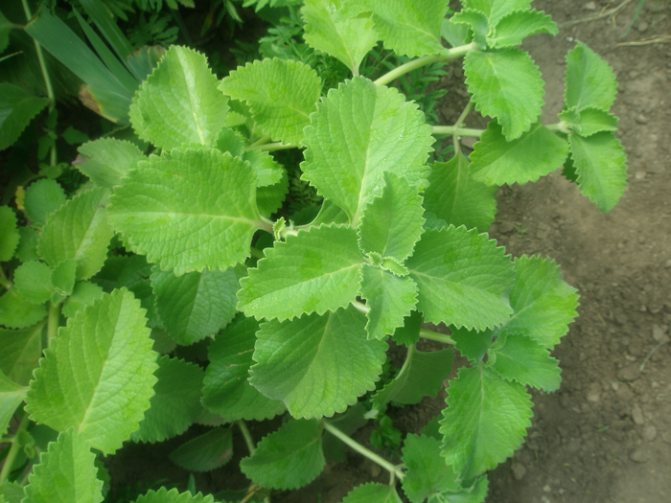

I found Plectrantus on the street. Apparently someone cut the plant and all unnecessary discards. After a few days, the cuttings took root, and I planted them in a pot. That's how I got a plectrantus. They say that this plant attracts money to the house. So, it turns out a double benefit - it saved the plant, and lured the denyushka into the house.
In general, mint is unpretentious, and for many it grows in garden beds, someone grows it at home on the windowsill, and somewhere it just sprouts like a weed. But all this is medicinal mint, the one we drink from a decoction for colds. But not everyone knows that there is also roommint. Meanwhile, this aromatic plant of the Labiata family, also known by its botanical name Plectrantus, is quite popular among amateur flower growers. And if the healing properties of this specimen can be argued, then its ability to replace peppermint as an additive in tea is undeniable. What is this plant, and how easy is it to grow at home? Let's figure it out.
Variety names
| Species name | Latin | External appearance | Bloom | Interesting Facts | Varietal varieties |
| P. Coleus | (P. coleoides) | Shoots are tetrahedral, reddish, growing up to 90 cm. Leaves are oval, with white pubescence, large (5-7 cm). The edge of the leaf is white, wavy. | Flowers are small, collected in 6-10 pieces, white. Long bloom, 3-4 months, begins in June. | Synonym - P. Madagascar. |
|
| P. Forster | (P. forsteri) | Herbaceous perennial, with large (up to 7 cm) elongated leaves. The leaf is wrinkled, green in the middle and white at the edge. It tends to grow horizontally. The length of the shoots reaches 100 cm. | The flowers are small, white. | Suitable for landscaping balconies. | Known varieties:
|
| P. Kustarnikovy | (P. fruticosus) | Shrub, reaching a height of up to 2 m. Leaves are green, oval-ovate, have a serrate edge. | Fragrant panicles of pink, lilac or blue hue. Blooms at the end of winter. | Popularly called the molar tree. | |
| P. Ertendahl | (P. oertendahlii) | Semi-shrub, up to 40 cm high. Leaves on short stalks, opposite, crenate along the edge, pubescent and reddish underneath. On the front side, the leaf is smooth, dark green, with pronounced silvery veins. | Panicles up to 25 cm long, white or pale purple. Long bloom - from July to September. | Aerial roots can form in the nodes of the stalks. It is used as ampelous or ground cover. The most moody look. |
|
| Felt plectrantus | (P. hadiensis) | Shrub, up to 30 cm in size. Shoots are erect, slightly hanging. The leaves are pale green, with gray dense pubescence. To the touch - velvet texture. The most light-loving and drought-resistant. | Blooms with purple panicles. | Succulent look. | "Variegata" - pale green leaves with cream edging around the edge. |
| P. Yuzhny | (P. austraiis) | Shrub up to 60 cm high, with dense, glossy, rounded green leaves and weakly growing shoots. Used in vertical gardening. | The flowers are lilac or light purple. | The popular name is "Scandinavian ivy" or "Swedish ivy". | |
| P. Dubolistny | (P. Venteri) | Differs in wrinkled dark green leaves, similar in appearance to oak. | Panicles are large, up to 8 cm, dark blue, bloom gradually from bottom to top. | The foliage has a coniferous aroma. | |
| P. Amboensky | (P. amboinicus) | Shrub with lignified stems in the lower part. Maximum height -80 cm. Large (up to 8 cm) leaves are arranged oppositely on short fleshy petioles, green, with strong pubescence. | Flowers are collected in half-whorls of 2-4 pieces, lavender. | The scent of the foliage is reminiscent of camphor oil. | |
| P. Kaudeksny | (P. ernstii) | The bush is up to 50 cm. The leaves are green, painted purple below, heart-shaped, with a large crenate edge, very wrinkled. | The flowers are pale lilac. | It has a special thickening at the base of the stem - caudex. In landscaping, it is used to form bonsai. | |
| P. Fragrant | (P. amboinicus) | Shrub growing up to 2 m. Shoots are tetrahedral, purple. The leaf is broadly ovate, glandular. The underside of the leaves is purple. | The flowers have a strong aroma and are covered with light pubescence. The corolla of the flower is white, lilac or lilac. | Used in cooking, medicine and cosmetology. |
Description of room mint
Indoor mint (aromatic plectranthus) or bristle flower is a perennial evergreen herb of the Lamiaceae family (labiate) with oblong, oval, pointed leaves. Flowers - small, pale, collected on the upper shoots in umbrellas or brushes, appear in summer. The root system is fibrous, the stem is ribbed, smooth or pubescent. The plant is ampelous, but some species are classified as shrubs with shoots up to 40 cm and abundant foliage.
If you run your hand over the leaves, a pleasant smell will immediately spread.
Growing in a pot and in a flower bed
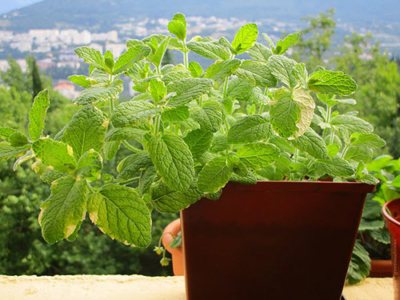

- The ideal planting site would be a flowerbed (there is a window in the apartment), oriented to the southwest.
- Plants selected for planting should have a healthy appearance and a strong root system.
- Plants are spilled with water at room temperature before planting.
- The best soil option for planting would be fertile soil with low acidity and the following composition: 2 hours of turf; 1 tsp humus; 1 h. Leafy earth; 0.5 hours of sand and peat.
Landing dates for different regions:
- In the Central lane and the Moscow region The bristle flower is grown in the open field through seedlings as an annual. Seedlings are planted as soon as the threat of frost has passed, in mid-May.
- In the southern regions, in the Chernozem zone, can be grown as a perennial plant. Direct sowing or planting in the ground at the end of March.
Landing scheme
Cuttings
- Cuttings are cut 15 cm long.
- They are planted in boxes or in the ground in a permanent place in a mixture of fertile soil with sand (2: 1).
- It is buried in the soil 1.5-2 cm deep, at an angle of 45 degrees. The distance between the cuttings is 2-3 cm.
Find out more information about grafting plectrantus from the video:
Seeds
- The fertile soil is covered with a layer of sand (2 cm).
- The seeds are very small. For planting, they are not buried, but mixed with fine-grained sand and scattered over the surface.
- The crops are lightly tamped and sprayed.
Rhizome
- When planting with rhizomes, a row spacing of 35-40 cm is observed.The depth of the groove is 8-10 cm.
- The rhizome is laid at the bottom of the groove with a continuous thread, sprinkled with soil, compacted and spilled with water at room temperature.
Propagation of plectrantus by cuttings
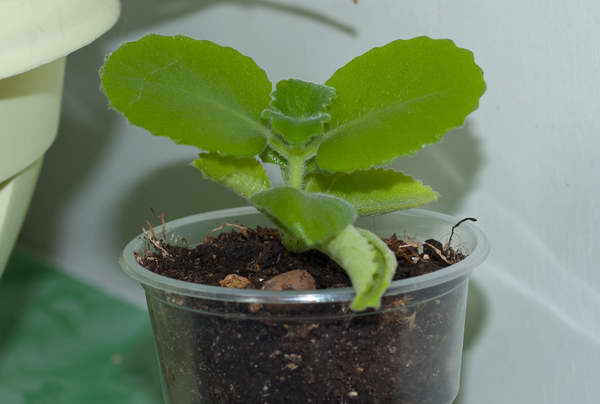

Cutting plectrantus photo
The flower reproduces as easy as shelling pears even in inexperienced hands, and even more so among experienced florists.
- Stem cuttings root easily in water, soil or wet sand.
- In 1-2 weeks, new plants with developed roots are ready.
- To get a more lush bush, you can plant several pieces at once in one pot.
Features of care at home and in the open field
Next, we will tell you in detail how to care for the plant.
Conditions of detention
- Bright or diffused light.
- The temperature in summer is 18-25 C, in winter 12-16 C.
- Air humidity is normal as long as the temperature range is respected.
Watering
In spring and summer, the earthen lump should not dry out. In autumn, watering is limited, the soil under the plant should dry out slightly. In winter, watering is reduced to 1 time per week.
Top dressing
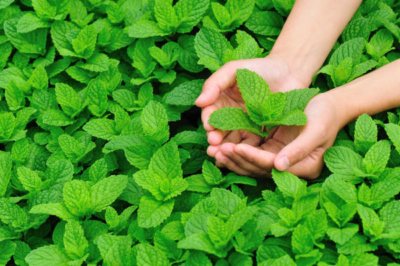

In the spring, they are fed once a month, in the summer months - once every 2 weeks. It is convenient to use complex fertilizers for indoor flowers. For example, Kemira Lux. Application rates:
- at home - 20gr / 30-40l of water;
- in the open field - 20gr / 20-30l of water.
Strictly adhere to the above feeding recommendations.
Pruning
Strong pruning is needed for weak shoots that have lost their attractive appearance. They are shortened by half the length. Plectrantus grows rapidly, and to form a lush bush, young shoots are pinched, cutting off their tops by 3-5 cm.
Dormant period
This is a state in which all growth processes in a plant slow down. Plectrantus has "hibernation" for 3 winter months, during which he gains strength for further growth. At this time, watering is reduced and no feeding.
Transfer
Need:
- when purchasing a plant;
- annual spring transshipment;
- when planting seedlings in the ground;
- when the plant is oppressed for no apparent reason.
Advice
Can be transplanted at home from early spring. In open ground, seedlings are planted in mid-May.
Microclimate
Lighting
It is necessary to provide the spore flower with bright diffused lighting.Direct sunlight negatively affects the decorativeness of the plectrantus - burns appear on the foliage, the stems become bare over time.
He also does not tolerate shade well - the shoots stretch out, the leaves turn yellow and fall off, therefore, phytolamps are required in the cold season.
Expert opinion Andrey Petrovich Mokhov Graduated from the KubSAU specialty: agronomy In order to avoid uneven development of the crown, the flower should be regularly rotated relative to the light source.
Temperature
It grows well at temperatures of + 18–25 ° C in spring and summer and + 12–16 ° C in winter. With a decrease in indicators to +10 ° C, the flower sheds its leaves and dies.
Air humidity
Indoor mint is not demanding on the level of humidity in the room, but on days when the temperature is above + 20-22 ° C, it is necessary to spray the plant to minimize the likelihood of complete loss of moisture.
A comfortable place for a flower
Plectrantus does not react well to drafts and does not tolerate streams of hot dry air, therefore, you should not put a flowerpot near heating appliances.
The most suitable place is the window sills of the western, eastern or southwestern windows.
Pests and diseases
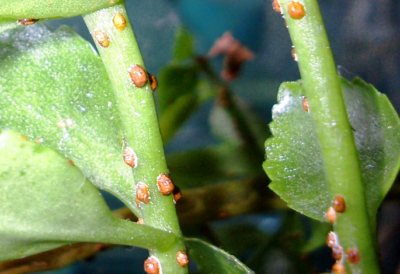

The main pests are:
- shield;
- aphid;
- whitefly;
- spider mite.
The reason for their appearance is dry indoor air. Complex insecticidal preparations will help to eliminate pests: Actellik, Fitoverm. These drugs are sold in ampoules for single use. The dilution rate is 2 ml per 1 liter. As a preventive measure, plants are moistened by spraying on hot days and in dry air. The cause of many diseases is non-observance of agricultural techniques and improper living conditions.
Common roommint diseases:
- Downy mildew. Appears when a combination of high humidity and temperatures below 18 C.
- Root rot. The reason is excessive watering combined with cool content.
The drug Fitosporin, which is used to cultivate the land for planting, will help to avoid the appearance of fungal diseases. For preventive purposes, it is important to loosen the soil under the flower after each watering.
Transfer
The transplant is carried out in the spring. Young plants need this procedure annually, specimens older than 5 years - once every 2-3 years. Replacement of soil and flowerpot is required if:
- the roots grew, and the pot became small;
- the plant was recently purchased;
- the flower is planted in a shipping or simply unsuitable substrate;
- there are pests or a disease has developed.


In advance, it is necessary to prepare drainage from pebbles or clay shards, a suitable soil and a flowerpot corresponding to the size of the root system - if the pot is much larger, the undeveloped soil will begin to acidify and the spur flower will die. Do not use wide and flat containers without drainage holes.
At home, ampelous varieties of plectrantus are conveniently grown in hanging pots.
Root damage is unacceptable, therefore, the transplant should be carried out by the transshipment method, while maintaining the integrity of the earthen coma:
- fill 1/3 of the new flowerpot with drainage, fill it with soil;
- carefully remove the plant from the old pot and put it together with a lump of earth in the center of the new one;
- fill the voids with the remnants of the soil mixture;
- water the flower.
After transplanting, you should protect the bristle from bright light for 7-10 days.
How and when to collect the leaves?
Collect young leaves by pinching off the entire diameter of the crown of the bush, leaving 0.5 cm of leaf sinus near the stem. The beginning of the collection of leaves should coincide with the first formative pruning (in March) and can continue from time to time during the growing season, until August.
Indoor mint is not difficult to grow even for an inexperienced gardener.Observing simple agricultural techniques and choosing a bright place for the plant, you can decorate the interior with pleasant greenery, fill the air with a pleasant smell, protect loved ones from diseases and establish a positive atmosphere in the house.
If you find an error, please select a piece of text and press Ctrl + Enter.
We tried to write the best article. If you liked it, please share it with your friends or leave your comment below. Thank you! Excellent article 4

